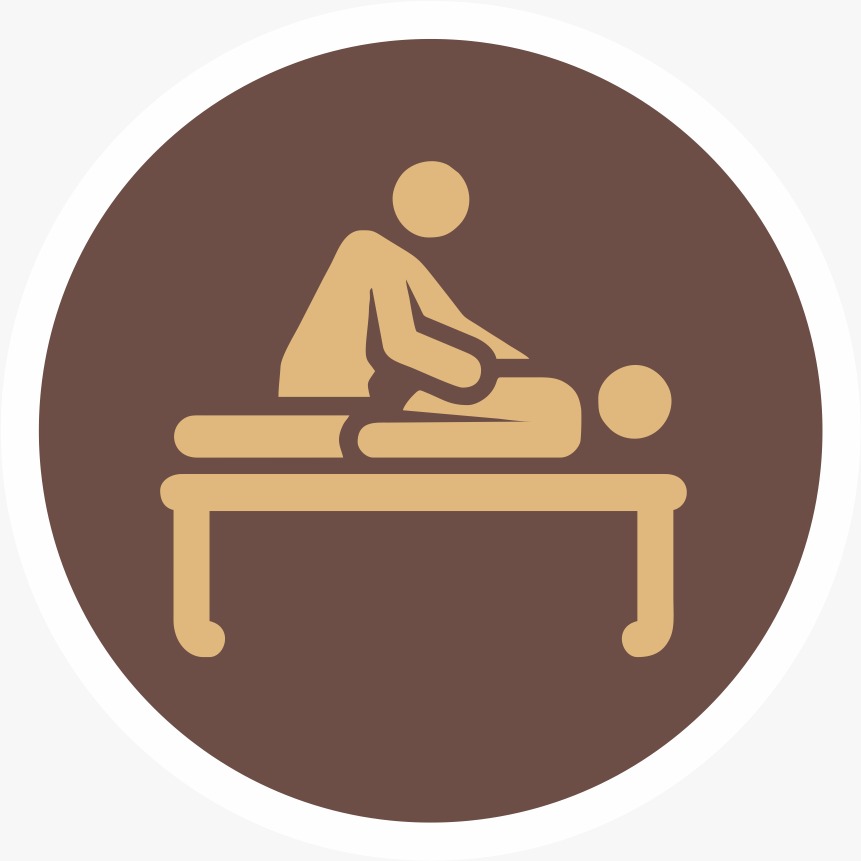- Our Doctors
- Our Specialities
Centres of Excellence
-
 Centre for Blood Diseases, BMT & Cancer Immunotherapy
Centre for Blood Diseases, BMT & Cancer Immunotherapy -
 Centre for Bone, Joint & Spine
Centre for Bone, Joint & Spine -
 Centre for Critical Care Medicine and ECMO Services
Centre for Critical Care Medicine and ECMO Services -
 Centre for Gastrosciences
Centre for Gastrosciences -
 Centre for Heart & Vascular Care
Centre for Heart & Vascular Care -
 Centre for Nephro-Urosciences
Centre for Nephro-Urosciences -
 Centre for Neurosciences
Centre for Neurosciences -
 Centre for Obstetrics and Gynaecology
Centre for Obstetrics and Gynaecology -
 Centre for Organ Transplantation
Centre for Organ Transplantation
Super Speciality
-
 Advanced Diagnostic and Interventional Radiology
Advanced Diagnostic and Interventional Radiology -
 Anesthesiology & Pain Management
Anesthesiology & Pain Management -
 Clinical Nutrition and Dietetics
Clinical Nutrition and Dietetics -
 Dental and Maxillofacial Surgery
Dental and Maxillofacial Surgery -
 Dermatology
Dermatology -
 Emergency and Trauma
Emergency and Trauma -
 Endocrinology and Metabolic Disease
Endocrinology and Metabolic Disease -
 ENT and Head & Neck Surgery
ENT and Head & Neck Surgery -
 Family Medicine
Family Medicine -
 General and Laparoscopic Surgery
General and Laparoscopic Surgery -
 General Medicine
General Medicine -
 GI Onco Surgery
GI Onco Surgery -
 GI Oncology
GI Oncology -
 GI Surgery, Advanced Laparoscopy and Gastro Oncosurgery
GI Surgery, Advanced Laparoscopy and Gastro Oncosurgery
-
- Key Procedures
- Our Hospitals
- International Patient
- Contact us
-
Quick Links


Spondylosis
Spondylosis is a common condition that refers to the degeneration of the spine because of wear and tear over time. This condition is also known as spinal osteoarthritis or spinal arthritis. As we age, the spinal discs lose moisture and elasticity, which can cause them to become stiff and brittle. Additionally, the bones and ligaments in the spine may thicken or develop bone spurs, which can further contribute to the condition.
Symptoms:
Pain: Pain is the most common symptom of spondylosis. The pain may be dull or sharp and can be felt in the neck, back, or other affected areas of the spine.
Stiffness: Stiffness in the affected area of the spine can make it difficult to move the neck or back.
Limited mobility: Reduced mobility is a common symptom of spondylosis, and it may be difficult to perform daily activities such as bending, lifting, or twisting.
Numbness or tingling: Numbness or tingling may be felt in the arms or legs if the nerves in the spine are affected.
Weakness: Weakness in the arms or legs may also be present if the nerves in the spine are affected.
Headaches: Headaches may be a symptom of spondylosis in the neck region.
Loss of bladder or bowel control: In severe cases, loss of bladder or bowel control may occur if the nerves in the lower spine are affected.
Causes
- Genetics: Some people may have a genetic predisposition to developing spondylosis.
- Trauma: Trauma to the spine, such as a car accident or sports injury, may increase the risk of developing spondylosis.
- Repetitive movements: Engaging in activities that place repeated stress on the spine, such as heavy lifting or contact sports, may increase the risk of developing spondylosis.
- Obesity: Being overweight or obese can place additional stress on the spine, which may increase the risk of developing spondylosis.
- Poor posture: Poor posture can place additional stress on the spine, which may contribute to the development of spondylosis.
Treatments
Meet Our Doctors
Frequently Asked Questions:
Can spondylosis be prevented?
While spondylosis cannot be entirely prevented, taking steps to maintain good posture, engaging in regular exercise, maintaining a healthy weight, and avoiding activities that place repetitive stress on the spine can help to reduce the risk of developing spondylosis.
Is spondylosis a treatable condition?
Yes, spondylosis is a treatable condition. Treatment options vary depending on the severity of the condition and the symptoms experienced, but often include pain medications, physical therapy, lifestyle modifications, and in some cases, surgery.
What are the long-term effects of spondylosis?
Untreated spondylosis can lead to chronic pain, stiffness, and limited mobility. In severe cases, it can also cause nerve damage or loss of bladder and bowel control. Early diagnosis and treatment can help to prevent these long-term effects.

 +91 9393 108 108
+91 9393 108 108

















































